
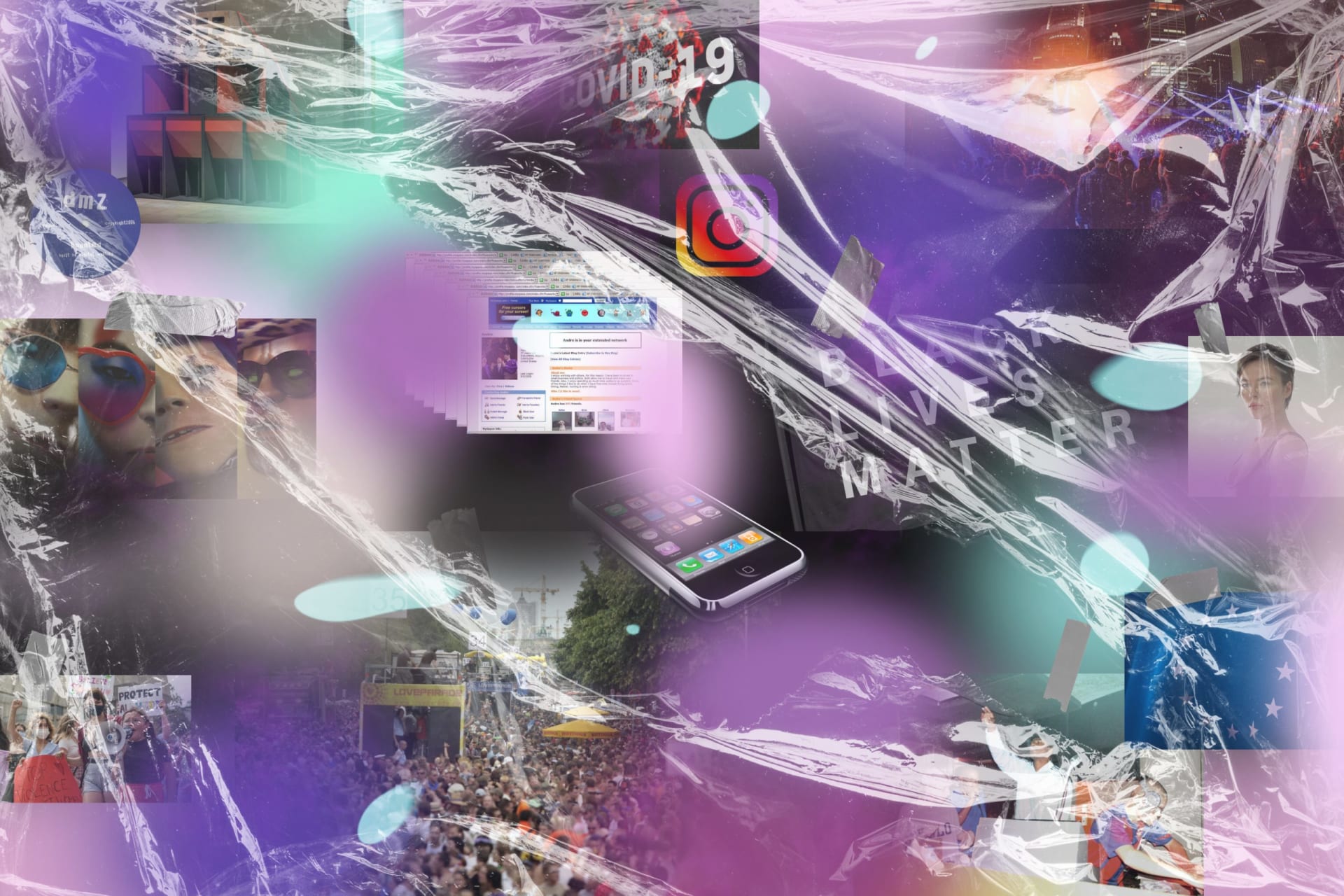
Exploring 20 Culture-Defining Moments of the Last Two Decades
Examining a complex new millennium
To mark the launch of The Cube, Telekom Electronic Beats’ new immersive 360° digital experience exploring the facets of our culture over the past two decades, we look at the trends and stories that shaped the last 20 years.
If the internet was hardly a new phenomenon by the time the new millennium came along, its increasingly widespread use from the early-2000s reconfigured our interactions with music, culture, and the rest of the world for decades to come.
Streaming surpassed physical album sales when Napster and other free music sharing software burst on the scene, with MySpace later becoming a popular destination for bedroom musicians to share their music with the world. New genres were created and spread quicker than ever before. Festivals and clubbing became serious business and an inextricable part of the cultural landscape, with the debut of events like Detroit Electronic Music Festival, and MUTEK. Berghain became officially recognized as a cultural institution by the Berlin municipality in 2016.
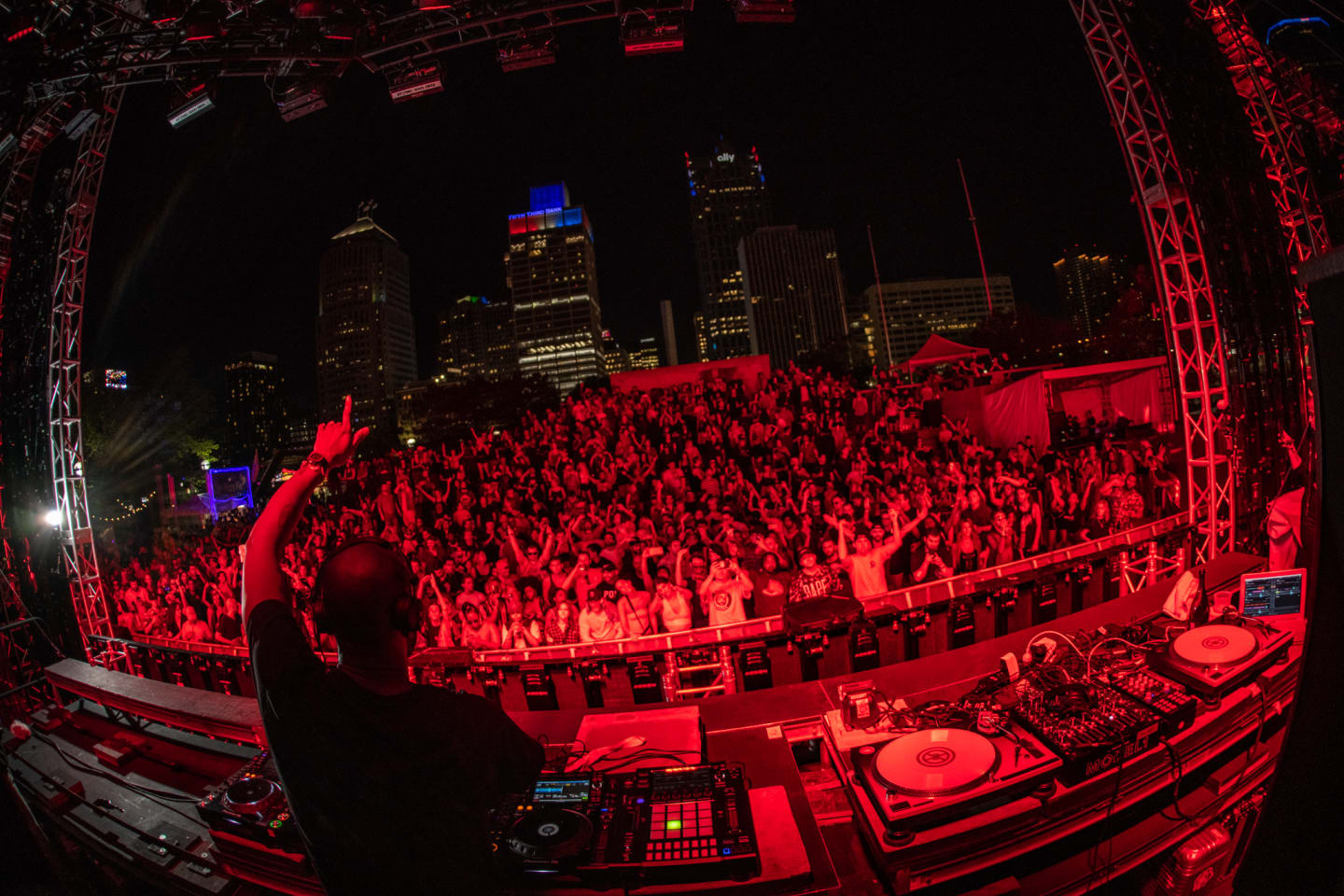
1. The birthplace of techno, Detroit hosted its first official electronic music festival in the first year of the new millennium on Memorial Day weekend at Hart Plaza. One of the first electronic music festivals in the United States, it featured artists like Stacey Pullen, Richie Hawtin, Juan Atkins, Kevin Saunderson, Magda, and Mike Huckaby. Known as Detroit Electronic Music Festival, or DEMF, admission was free for the first three years. Since 2003, the festival has been known as Movement, with the exception of 2005’s Fuse-In, produced by Kevin Saunderson. While Movement boasts an impressive lineup of mainstream and underground acts each year, its after parties and off-events hosted around the city, including Moodymann’s Soulskate, tend to steal the spotlight.
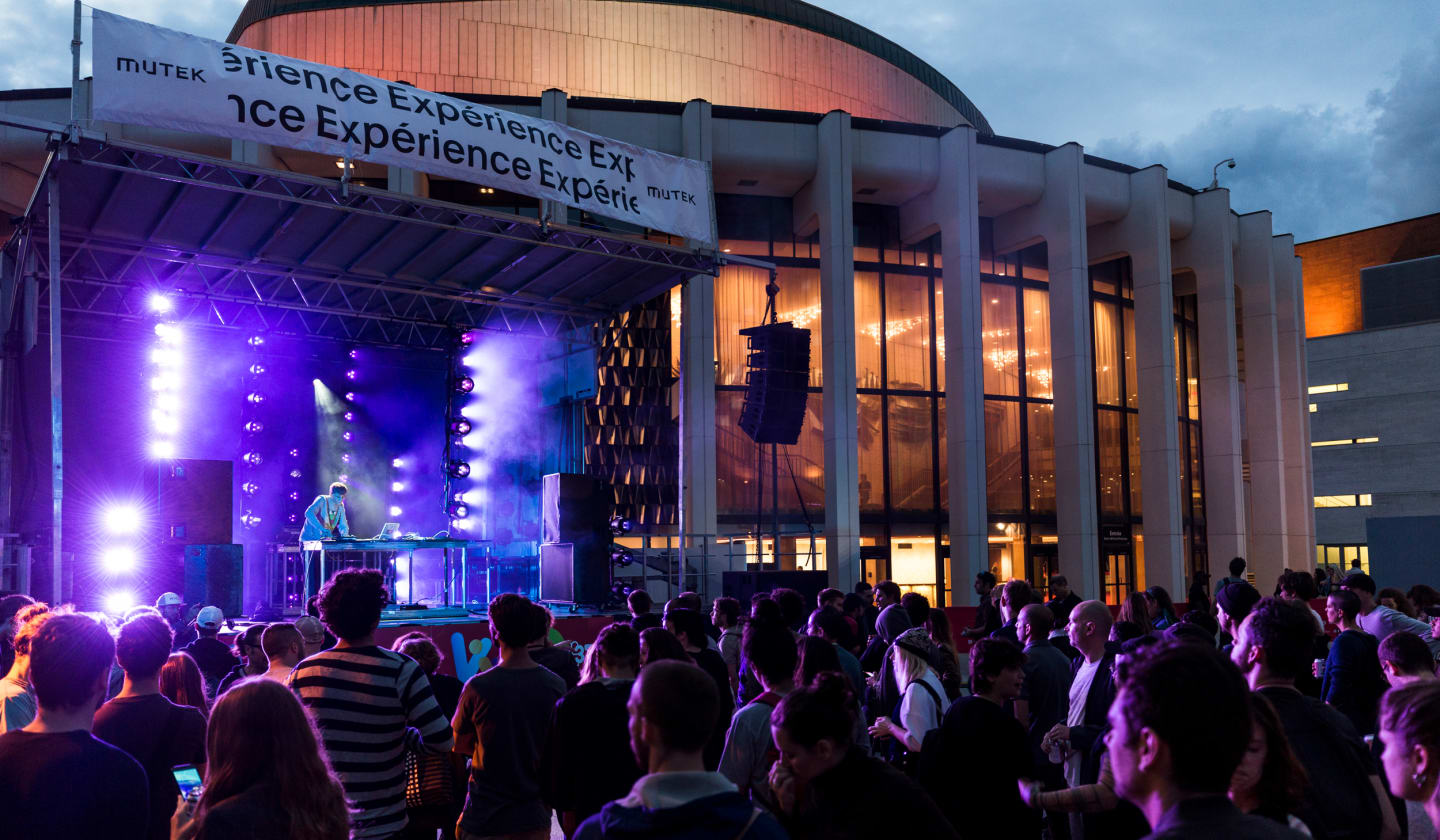
2. Montreal’s MUTEK festival made its debut at venues across the Canadian city in June 2000, with the aim of exploring the intersection between sound, music, and new media. Its first edition was conceived as complementary to the already-existing International Festival of New Cinema and New Media and over the years, the festival became known for its equal emphasis on sound and visuals. Soon after, Berlin’s similarly interdisciplinary CTM Festival invited MUTEK for a showcase in their city and over the years the festival has gone international–with recurring editions in Barcelona, Buenos Aires, Mexico, San Francisco, and Tokyo.
3. Founded by Shawn Fanning and Sean Parker in 1999, Napster became one of the first peer-to-peer file-sharing Internet softwares focusing on sharing audio files, mostly MP3s, using a central server. Its user-friendly interface helped it reach widespread popularity, with 80 million registered users by February 2001. Months later in July of that year, it was shut down due to legal troubles regarding copyright infringement suits, filed by the likes of Dr. Dre and Metallica. Services like Gnuetlla, Limewire, Kazaa, and Morpheus emerged in its wake, operating without central servers. Since at least the late 00’s, Bittorrent became a popular, decentralized method to easily transfer large files across the Internet, with invitation-only Torrent sites like what.cd gaining traction amongst DJs and underground music enthusiasts for its vast trove of hard-to-find music.
This element will show content from various video platforms.
If you load this Content, you accept cookies from external Media.
4. Conceived as a technological response to the question, “Why are there so few female electronic musicians?” music collective female:pressure was founded in 1998 by Vienna-based Electric Indigo. Cataloging female, transgender, intersex, gender non-conforming and non-binary musicians from around the globe, the group reached a milestone in 2001, when Andrea Mayr programmed the database with 180 artists from 19 countries. As of May 2021, female:pressure includes 2700 members from 82 countries, a mailing list, events, a Berlin festival called Perspectives, links to other online resources and education, in addition to a podcast series.
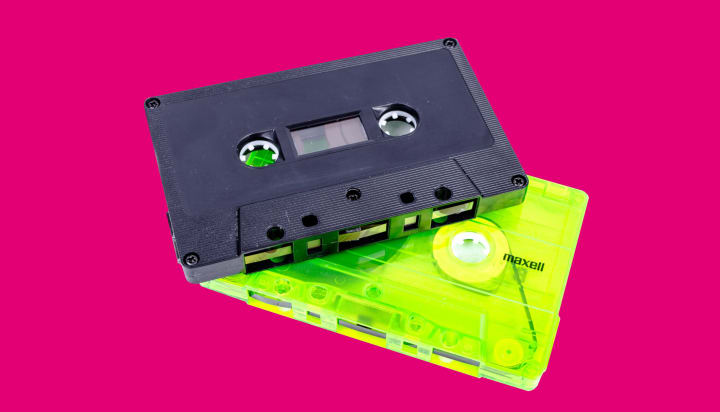
5. From the streets, clubs, underground venues, and Pirate Radio stations of London, dubstep emerges–a new kind of music with an unmistakable wobbling sub-bass sound. Beginning as an offshoot of UK garage, this pioneering genre incorporates elements of 2 step, dub, reggae, jungle, grime, drum’n’bass, house, techno, and broken beat. The term itself gained traction in 2002 as it was used by labels such as Big Apple and Tempa, Ammunitions Promotions, the group behind the club night FWD>> at Plastic People, and in a cover story by XLR8R magazine. Kode9, Mala, Coki, Skream, Benga, Hatcha, Youngsta, Zed Bias, Oris Jay, MC Sgt Pokes, and Loefah were just a few of the main protagonists that changed music as we knew it, laying a foundation for total mainstream adoption, with its American counterpart, “brostep” and its sounds creeping into pop star productions from the likes of Britney Spears and Rihanna.
6. One of the most lauded nightclubs today, Berghain was founded in 2004 by Norbert Thormann and Michael Teufele. Located in a former power plant and created in the ashes of the first club they founded in Berlin, Berghain’s name is a portmanteau of the two Berlin neighborhoods it borders–Friedrichshain and Kreuzberg. Known for its all-around, all weekend-long hedonism, the techno sounds of its main room, the house music reverberating from the upstairs Panorama Bar, the male-only Lab.Oratory in the basement, and perhaps most of all for its infamously opaque door policy, the club was officially deemed a cultural institution by a German court in 2016.
This element will show content from various video platforms.
If you load this Content, you accept cookies from external Media.
7. Founded in 2005 by ex-Paypal employees Steve Chen, Chad Hurley, and Jawed Karim, YouTube wasn’t the first video sharing platform on the internet (with Vimeo having launched a year earlier in 2004), but the Saturday Night Live skit “Lazy Sunday“, a parody song by The Lonely Island, solidified YouTube’s position as the premier social video sharing platform, with unofficial uploads of the clip to the platform bringing in more than five million collective views within three months. Since then, YouTube has quickly grown into one of the most powerful platforms on the internet, and a force in the music industry, rivaling traditional music video stations like MTV and Viva and assisting in the rise of music industry platforms like Boiler Room, Cercle, and Majestic Casual.
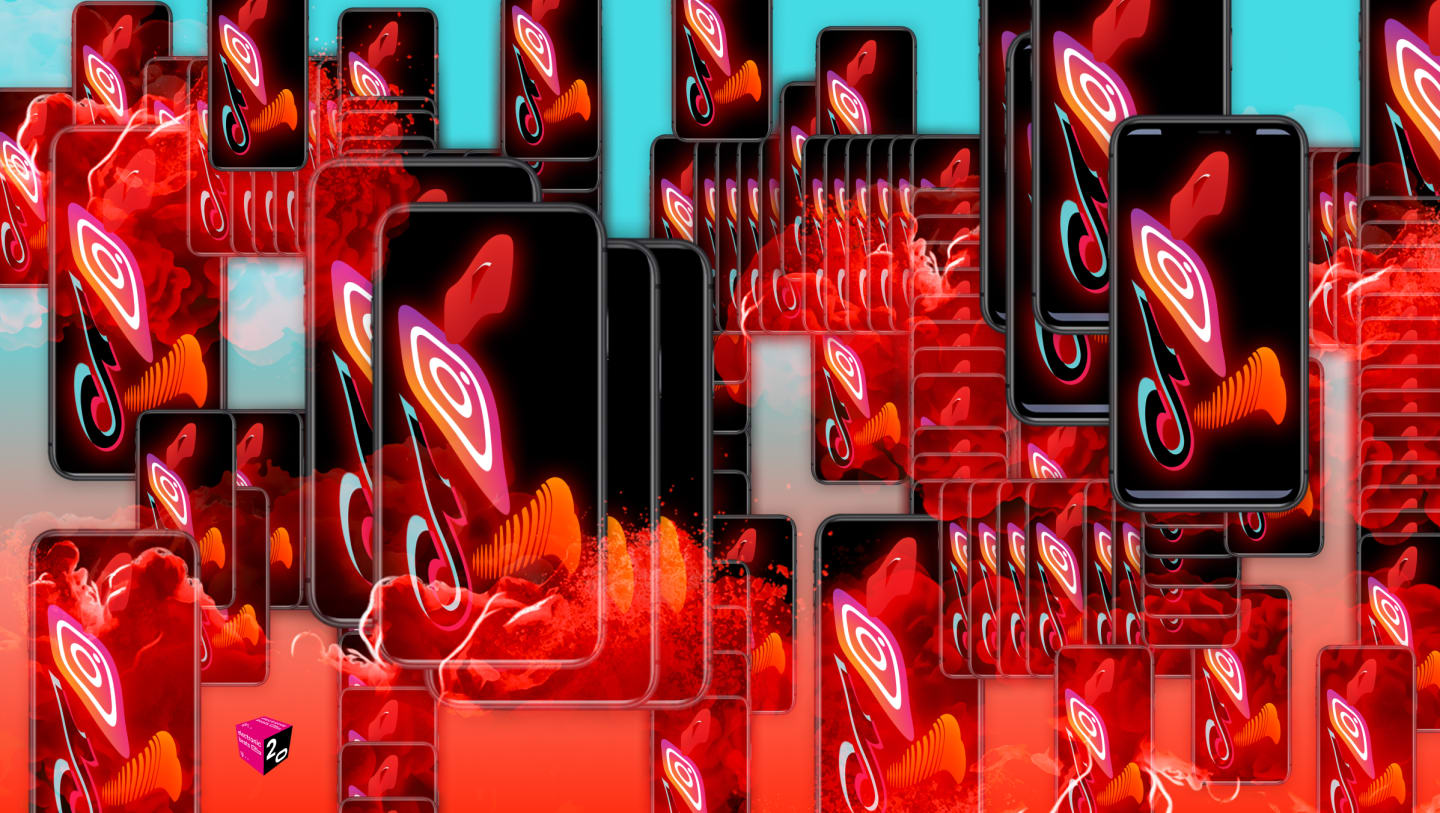
8. By 2006, MySpace reached more than 100 million members, many of whom used the social networking platform to share and discover music. The website provided an unprecedented avenue for aspiring musicians to easily upload songs, EPs, albums and directly connect with fans. The latter could rate, comment on, and even download tunes and show their love by adding a song they liked to their profile. In its heydays, a bedroom producer could become a sensation signed to a label overnight. The platform itself was often directly involved in these deals, with the creation of MySpace Records in partnership with Universal’s Interscope.
9. With Apple’s iTunes and other large DSPs the only way to easily purchase digital music files online, Bandcamp entered the scene in 2008, with a commitment to putting artists first by taking 15% of each sale and offering higher quality audio formats like FLAC, WAV, and AIFF. It soon became the go-to for independent artists to easily upload, share, and get paid for their music and merch, with labels like SubPop officially adding their discographies in 2014. To date, fans have paid artists and labels $771 million via the platform.
10. Physical music sales declined thanks to a new way of purchasing music: streaming. Swedish streaming platform Spotify quickly became a giant, reaching 1 million users worldwide after only five months of public operation in March 2009. While streaming offered a more legitimate way to discover new sounds, many have criticized the low rate of royalties paid out to artists, as well as the collection of user data for marketing purposes.
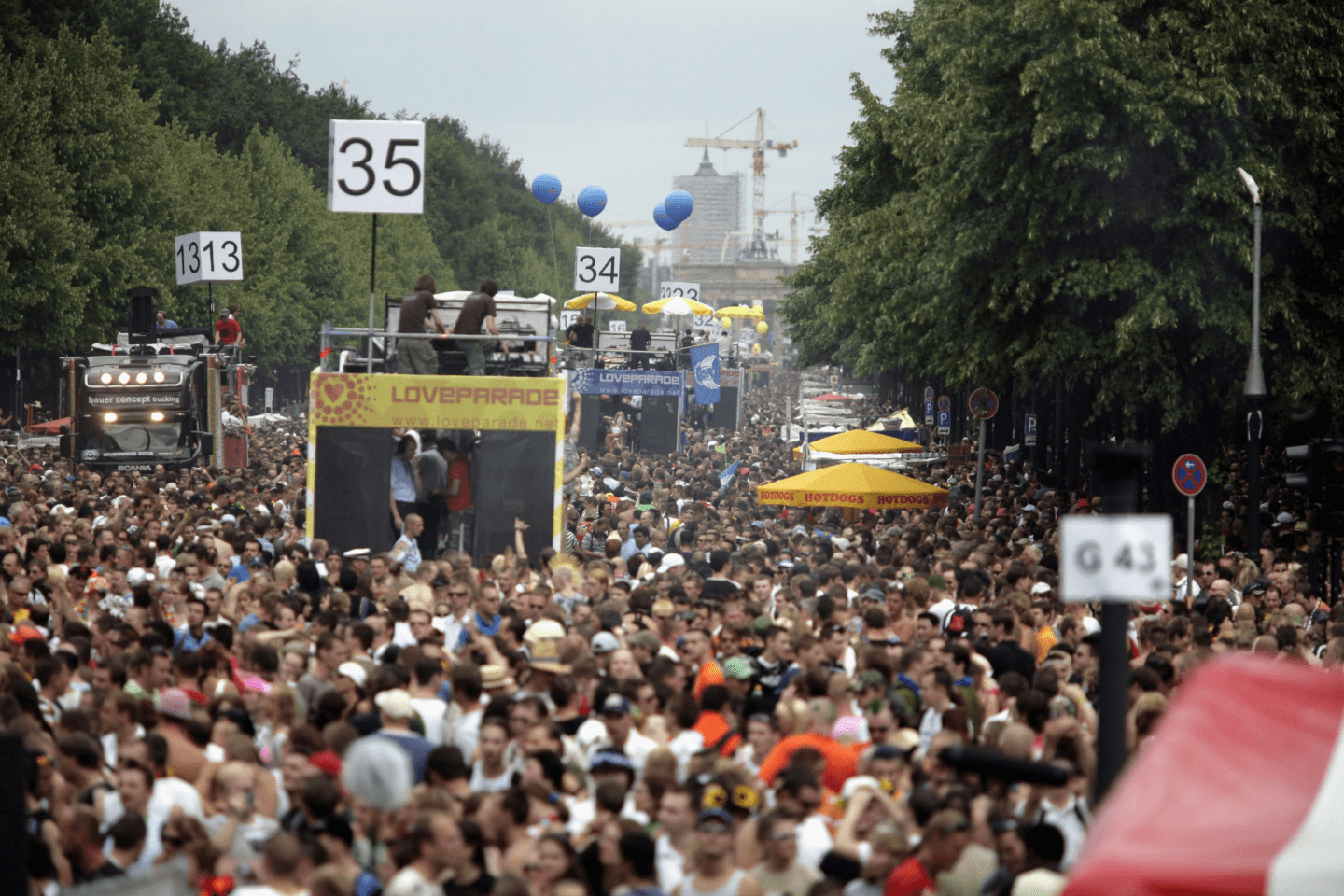
11. In 2010, the iconic German electronic music celebration Love Parade was held for the last time in its history. The yearly event was permanently canceled after a tragic incident, where 21 people died and 500 were injured in a stampede trying to escape a crowded tunnel in Duisburg. That year, 1.4 million people attended the festival–1.6 million attending at its peak in 2008. The festival and techno parade started in 1989 in West Berlin with the motto, “Peace, Joy, Pancakes,” propagating into a rave phenomenon that spread across the globe.
12. In its 2012 acquisition of Instagram for one billion dollars, Facebook became one of the world’s most powerful internet companies. Throughout the next decade, both platforms grew exponentially, increasingly influencing our daily lives, and becoming a more significant source of information beyond mere social networking. The vast majority of artists, DJs, labels, publications, and industry figures in the underground music scene have since joined these platforms to connect to each other, forming a community online.
This element will show content from various video platforms.
If you load this Content, you accept cookies from external Media.
13. In 2013, the Nina Kraviz episode of Resident Advisor’s Between the Beats documentary series included a scene picturing the Siberian DJ-producer in the bathtub. The scene caused a stir in the underground music community, provoking a conversation about prevailing sexism in dance music. Primarily criticized by male DJs, Kraviz was called everything from a “poser” to “superficial.” In a Facebook post defending herself, Kraviz expressed her resentment for having to speak about being a female DJ and her appearance rather than focusing on the music. The incident marked a pivotal moment in the underground dance community, exposing its sexist underbelly.
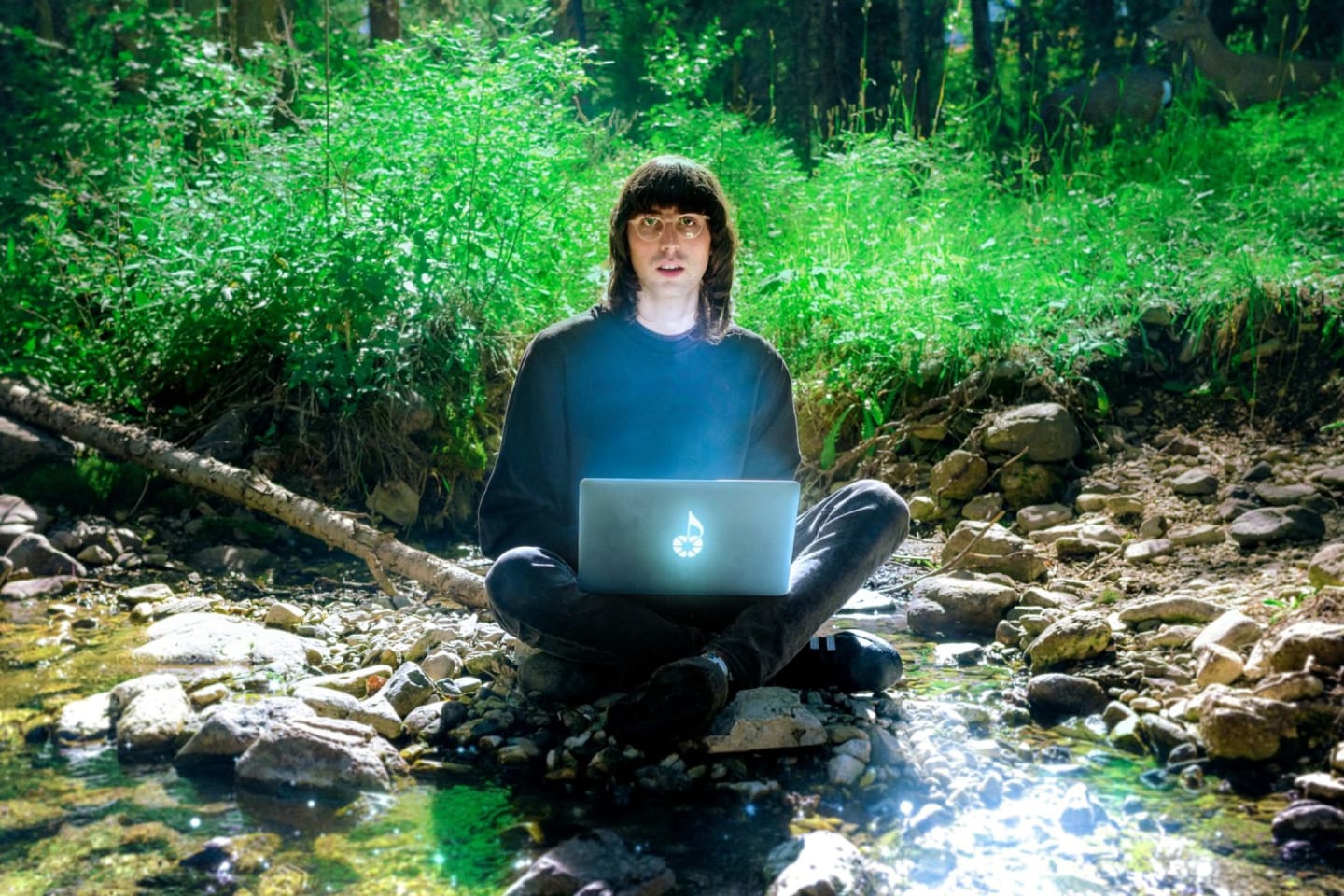
14. PC Music, a collective of renegade pop producers founded by A.G. Cook emerged on SoundCloud in June 2013. PC Music combined pop, experimental music, and glossy net art aesthetics with a tendency toward squeaky vocals, equally shocking and delighting music critics worldwide. While some in the underground shuddered at PC Music’s clear signaling towards anything deemed “mainstream,” PC Music seemed to anticipate and embrace a world with little difference between art and commerce, irony and sincerity. QT was both a pop star and an energy drink in one, and SOPHIE’s “Lemonade” went on to be featured in a McDonald’s commercial.
This element will show content from various video platforms.
If you load this Content, you accept cookies from external Media.
This element will show content from various video platforms.
If you load this Content, you accept cookies from external Media.
14. Discwoman, a collective run by Frankie Decaiza Hutchinson, Emma Burgess-Olson aka UMFANG, and Christine McCharen-Tran, launched on September 20, 2014, with a two-day event at Brooklyn’s Bossa Nova Civic Club featuring a lineup of exclusively female and non-binary artists. The collective would host and curate events in more than 20 cities, create their own booking agency DW Artists in 2015, and remain fearless in speaking up for underrepresented people and pushing forth their vision of an inclusive scene.
15. The myth of an apolitical dance floor shattered, at the very latest, in 2016. While dance music has arguably always been political, the UK’s referendum to leave the European Union and the election of Donald Trump as 45th President of the United States in the latter half of 2016 encouraged many to stand up for the human rights causes they believed in. Musicians’ right to free movement throughout Europe and the UK came under threat, negatively impacting UK music industry workers. On social media, artists like The Blessed Madonna became vocal critics of Donald Trump’s policies, encouraging people to participate in politics actively. Unprecedented times called for a renewed interest in acknowledging the role politics can play in music, and vice versa, with DJs sharing their political opinions becoming more commonplace.
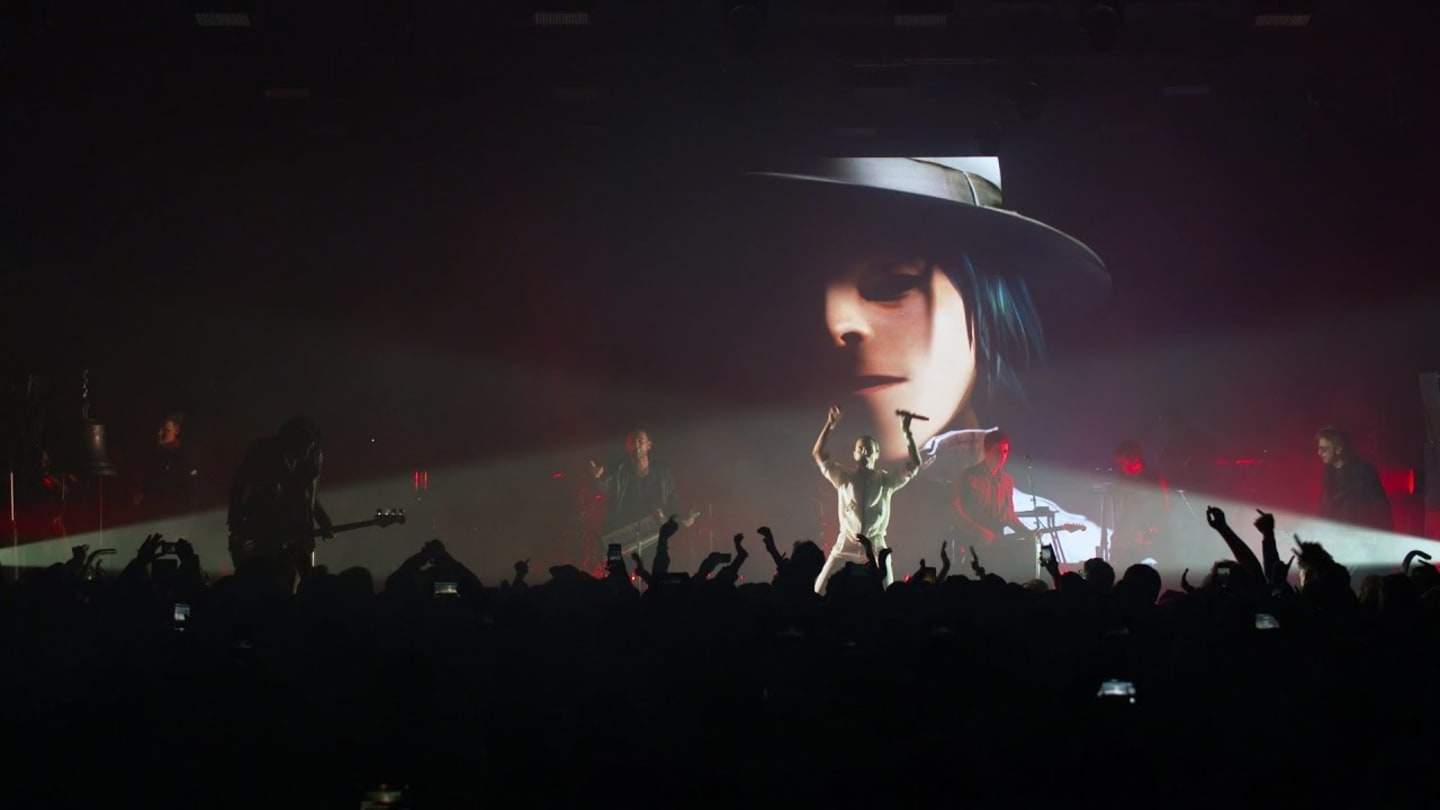
17. Gorillaz made a comeback with their 2017 album Humanz and concert series of the same name, taking their tour to the next level with groundbreaking technology. Frontman Damon Albarn described it as “a totally immersive interactive experience with the audience,” featuring a circular LED screen called The Oracle suspended above the stage. The band developed two Augmented Reality apps for Humanz, one called LENZ that would bring the world of Gorillaz to any magenta surface.
This element will show content from various video platforms.
If you load this Content, you accept cookies from external Media.
18. The #MeToo movement bringing awareness against sexual abuse and harassment went viral in 2017. Women around the world shared their experiences on social media under the famous hashtag. Initially catapulted into the mainstream discourse with allegations against film mogul Harvey Weinstein, the phenomenon soon trickled down to many other industries, including music. Björk called out director Lars Von Trier for sexual harassment, and Los Angeles musician The Gaslamp Killer was accused of rape. In some local scenes, information about abusers circulated, and efforts to hold people accountable for such behaviors and to improve safety at venues increased.

19. The first case of COVID-19 was identified in Wuhan, China at the end of 2019. Soon, the virus spread to Europe and the rest of the world. By March 2020, most countries around the globe effectively shut down, with businesses closing, planes grounded on the tarmac, and people confined to their homes to curb the transmission of the virus. With the death of IRL nightlife for the foreseeable future, clubbing went virtual. Club Quarantine, a queer dance party held on Zoom quickly picked up momentum, with Charli XCX performing a DJ set soon after its launch. Boiler Room began streaming sets from artists at home, and promoters and artists soon adapted to the live stream model of performance.
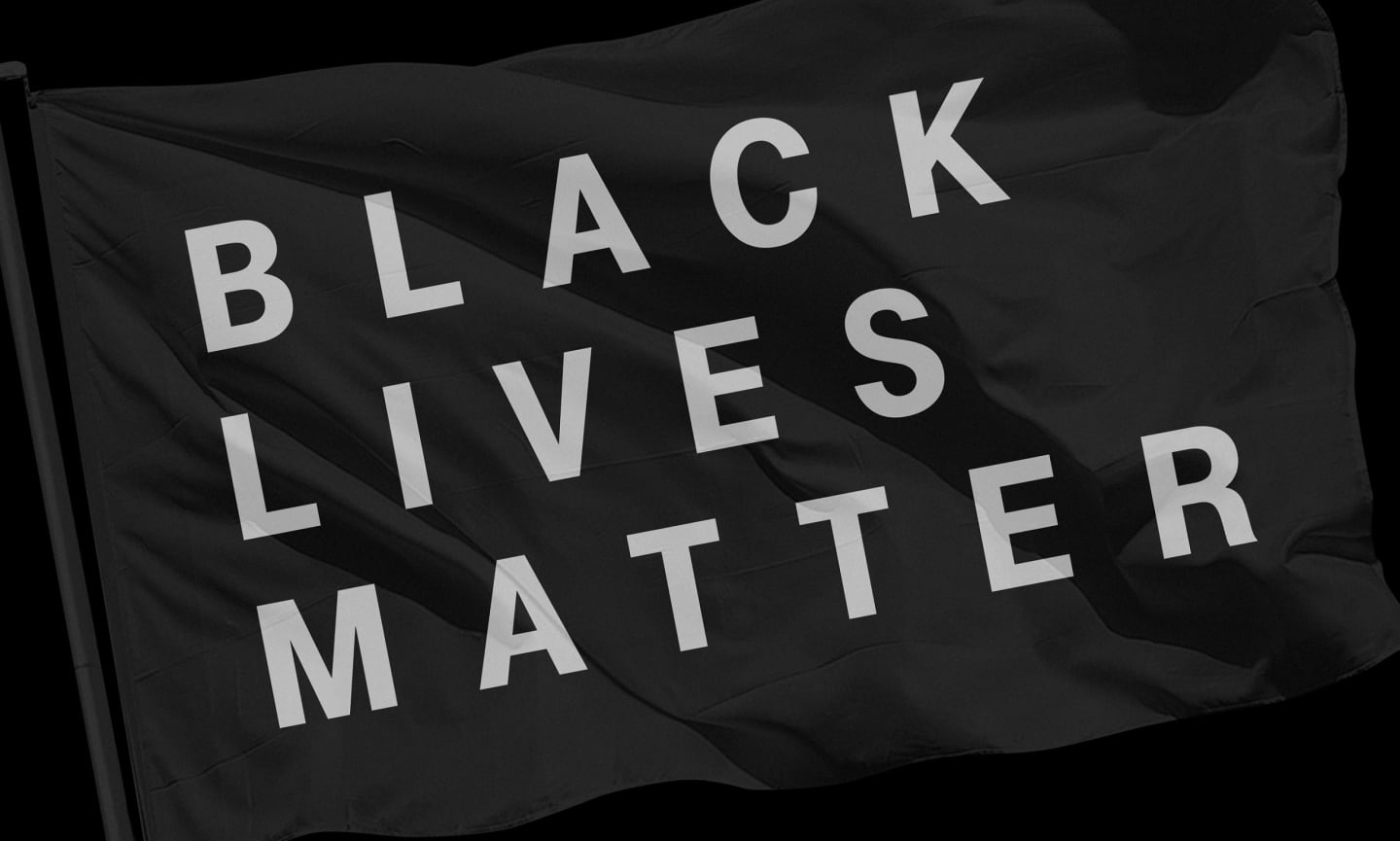
20. With people spending more time at home and paying more attention to global events in 2020 due to COVID-19, movements fuelled by social media such as Black Lives Matter and Fridays for Future reached peak influence, with millions of people taking part in protests and incorporating activist practices into their lives. Electronic music publications, this platform included, reckoned with the decades-long business-as-usual approach of showcasing and platforming predominantly white, cis-hetero, and Western artists, leading to the whitewashing of electronic music, a cultural phenomenon born out of and rooted in queer communities of color. An increased focus on diversity on lineups and magazine write-ups has resulted from this, and initiatives like Clean Scene, which calculated the environmental impact of DJ’s plane travel in a recently published report, offer some solutions for artists and fans to decrease their carbon footprint.
To discover more of the stories that shaped the past two decades in a brand new immersive environment, enter The Cube.
Published July 28, 2021. Words by Bianca Giulione.


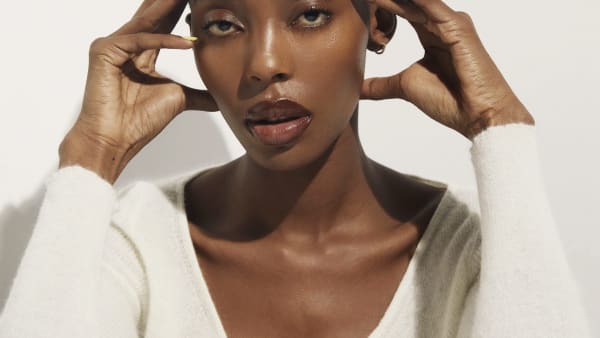


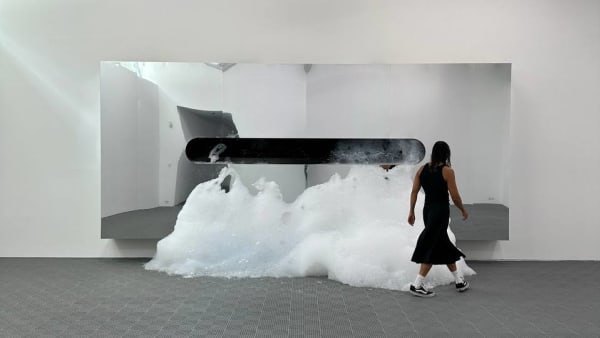
Follow @electronicbeats